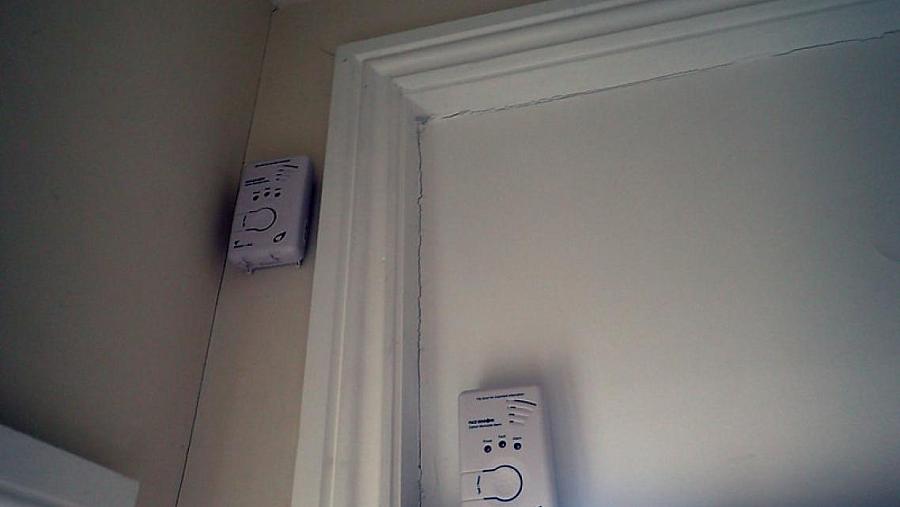How can we better inform residents about the dangers of carbon monoxide in the home?

Photo by Gwydion M. Williams via Flickr/Creative Commons
Growing up, one of the places I lived in Queens was a two-family home with my mother, grandfather, uncle and a rotating list of other relatives and family friends. In winters, temperatures would dip to freezing or below. One of the solutions my family came up with to stay warm was to keep the oven open with a long knife.
It wasn’t until I was an adult that I learned we were putting ourselves at risk of inhaling dangerous levels of carbon monoxide.
My forthcoming project for the Center for Health Journalism Data Fellowship is focused on carbon monoxide poisoning in New York. This project will analyze CO-related housing violations in New York City, and determine who is responsible when it comes to ensuring residents have detectors.
Though the rate of injury and death for carbon monoxide poisoning may be lower than other hazards in the home (such as fires), not having a detector can lead to fatal consequences.
Diagnosing carbon monoxide poisoning can be tricky, much like the colorless, odorless nature of the gas itself. Symptoms can mimic the flu, including weakness, headaches and dizziness. There are myriad ways carbon monoxide can seep into the home, including faulty heating systems, fumes from generators and smoke inhalation related to fires.
Anecdotally, news reports about CO leaks on local TV and radio news have seemingly happened many times in communities of color. This led me to wonder what data can show about where incidents recur and why, since detectors are required in virtually all housing in the state.
This project will look at the responsibilities of housing agencies, landlords and residents as far as providing working detectors. But there may be another hard-to-quantify issue when it comes to carbon monoxide poisoning: lack of public awareness.
Public messaging around the effects of poisoning has existed for decades. The issue of carbon monoxide gained attention, yet again, in 2021 with the unfortunate deaths of travelers in an Airbnb’s in Mexico as well as a fatal case in a housing complex in Ohio and at a daycare in Pennsylvania. But advocates, many who have lost family members to CO poisoning, say more needs to be done to alert the public about the noxious gas, as well as to improve regulations on building inspections.
When it comes to outdoor air quality, the EPA has set standards for six common air pollutants, including carbon monoxide. The others are particulate matter, ground-level ozone, sulfur dioxide, nitrogen dioxide and lead.
But as far as indoor air quality, monitoring CO around the country is left to a patchwork of fire departments, local housing and buildings agencies as well as health departments. The most likely place a person will get CO poisoning is in the home. Advocates would like to see a more streamlined process when it comes to keeping residents safe.
Additionally, gas stoves in the home can emit carbon monoxide as well as particulate matter and nitrogen dioxide. In January, the US Consumer Product Safety Commission said they would consider a ban on gas stoves due to their links to health hazards. A recent study found that nearly 19% of childhood asthma cases in New York were linked to gas stoves.
A week before the CPSC statement, about 28,000 gas stoves by the brand ZLINE, sold in places such as Home Depot and Lowe’s, were recalled due to their risk of releasing dangerous levels of carbon monoxide. A couple more thousand would be recalled by the end of the month.
New Yorkers, such as my family, deserve accurate knowledge about hazards in the home, such as carbon monoxide. They also deserve regulations and enforcement that will ensure that they stay safe.
